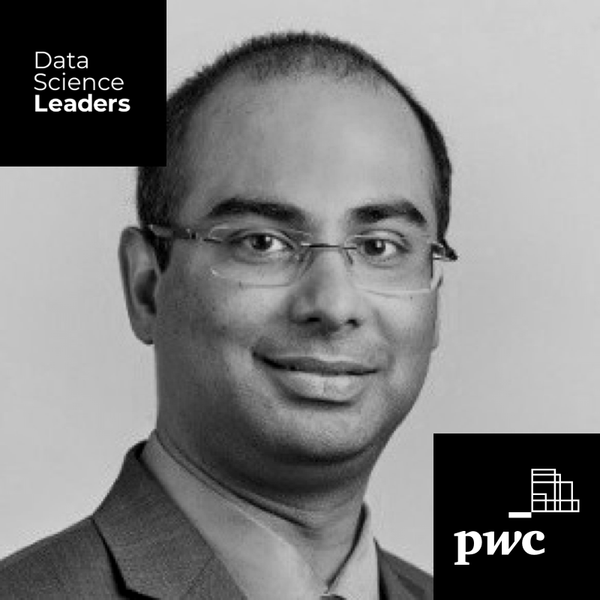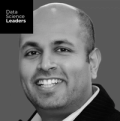episode 41
How to Operationalize, Scale, and Measure AI in Life Sciences
Data Science Leaders | 36:18 | March 09, 2022

Listen how you want
Get new episodes in your inbox
In every industry, people consume data. They work to understand what it can tell them in order to make smarter decisions.
But the nature of data in the world of life sciences presents some unique challenges—and opportunities—for data science.
In this episode, Sidd Bhattacharya, Director of Healthcare Analytics & AI at PwC, dives deep into these dynamics and shares his perspective on how leaders can operationalize AI at life sciences companies.
Plus, we talk about the role data science has played in the fight against COVID-19 and the remarkable effort to develop such highly effective vaccines.
We discuss:
- How data science in life sciences compares to other industries
- Operationalizing AI and measuring the ROI
- Strategic recommendations for data science leaders
- AI’s contribution to the fight against COVID-19
Popular episodes

James Cham
Partner, Bloomberg Beta
EPISODE 71April 11, 2024
Unlocking the disruptive potential of generative AI: a VC perspective
Listen Now | 28:49
Volodimir Olexiouk
Director of Scientific Engagement and Data Science Team Lead, BioLizard
EPISODE 70March 28, 2024
Overcoming the data challenges of AI-driven drug discovery
Listen Now | 36:49
Rahul Todkar
Head of Data and AI, Tripadvisor